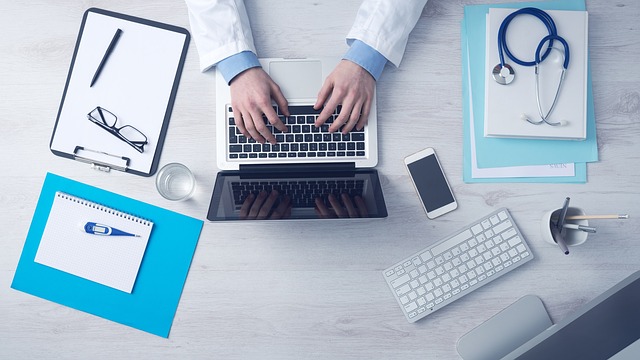3 Gadgets Used in Medicine

We can all agree that the development of medicine is crucial to preserving our quality of life and extending the number of illnesses and conditions that can be treated and cured. Sometimes, the challenge is not the lack of expertise, but that of proper equipment. Many machines used in medicine are too large and clunky to be carried around to people that need them. This presents a problem, as there are so many people with no access to hospitals. Luckily, technology advances every day, and there are gadgets that can help medical professionals practice their craft more efficiently on the go. Here are three awesome medical gadgets.
The Leaf System
How awesome are baby monitors? You can listen to your infants breathing, react quickly if it’s in distress, and check on their sleeping position in order to adjust it if necessary. Now, picture that, only with adults.
 One of the duties of doctors is to make rounds. These are not just to track a patient’s progress during their stay at the hospital, but also to make sure if the patient is responsive, mobile, and following the doctor’s orders. As necessary as this step in patient care is, it takes away precious time from other duties in the medical facilities, especially in cases where the clinics are understaffed, as is often the case.
One of the duties of doctors is to make rounds. These are not just to track a patient’s progress during their stay at the hospital, but also to make sure if the patient is responsive, mobile, and following the doctor’s orders. As necessary as this step in patient care is, it takes away precious time from other duties in the medical facilities, especially in cases where the clinics are understaffed, as is often the case.
These monitoring sensors follow the patient’s stats, as well as their location in the hospital. They are particularly useful when the patient is uncooperative, or unable to act rationally due to the procedure done, the condition of the patient, or the medicine administered. A real baby monitor for adults.
SureSigns VSi
 EMTs have to react quickly. Fractions of a second can mean the difference between the life and death of a patient in distress. There is a protocol established to make it easier for the paramedics to determine the condition of a patient in the field, but this protocol can only do so much. Vital sign monitors at clinics provide a much more comprehensive picture of the condition of the patient, but they need to be in the clinic in order to provide this info. Or do they?
EMTs have to react quickly. Fractions of a second can mean the difference between the life and death of a patient in distress. There is a protocol established to make it easier for the paramedics to determine the condition of a patient in the field, but this protocol can only do so much. Vital sign monitors at clinics provide a much more comprehensive picture of the condition of the patient, but they need to be in the clinic in order to provide this info. Or do they?
Phillips has developed a vital signs monitor that can be used in the field. It is easy to carry, holds information of up to fifty patients, exports the data easily via USB, and reads the blood pressure and the temperature in a matter of seconds. This device will certainly provide some people with a new lease on life.
AccuVein AV400
I have never had a problem with having my blood taken for a test. This is because I have easily visible veins. Some patients, however, are a challenge to doctors and nurses, because their veins are hard to see, even after slapping the forearm a few times.
Fortunately, doctors, nurses, and paramedics no longer have to guess where the vein is supposed to be in order to draw blood or administer a shot. This handheld device provides the professionals with a real-time map of the patient’s blood vessels. It is light and precise.